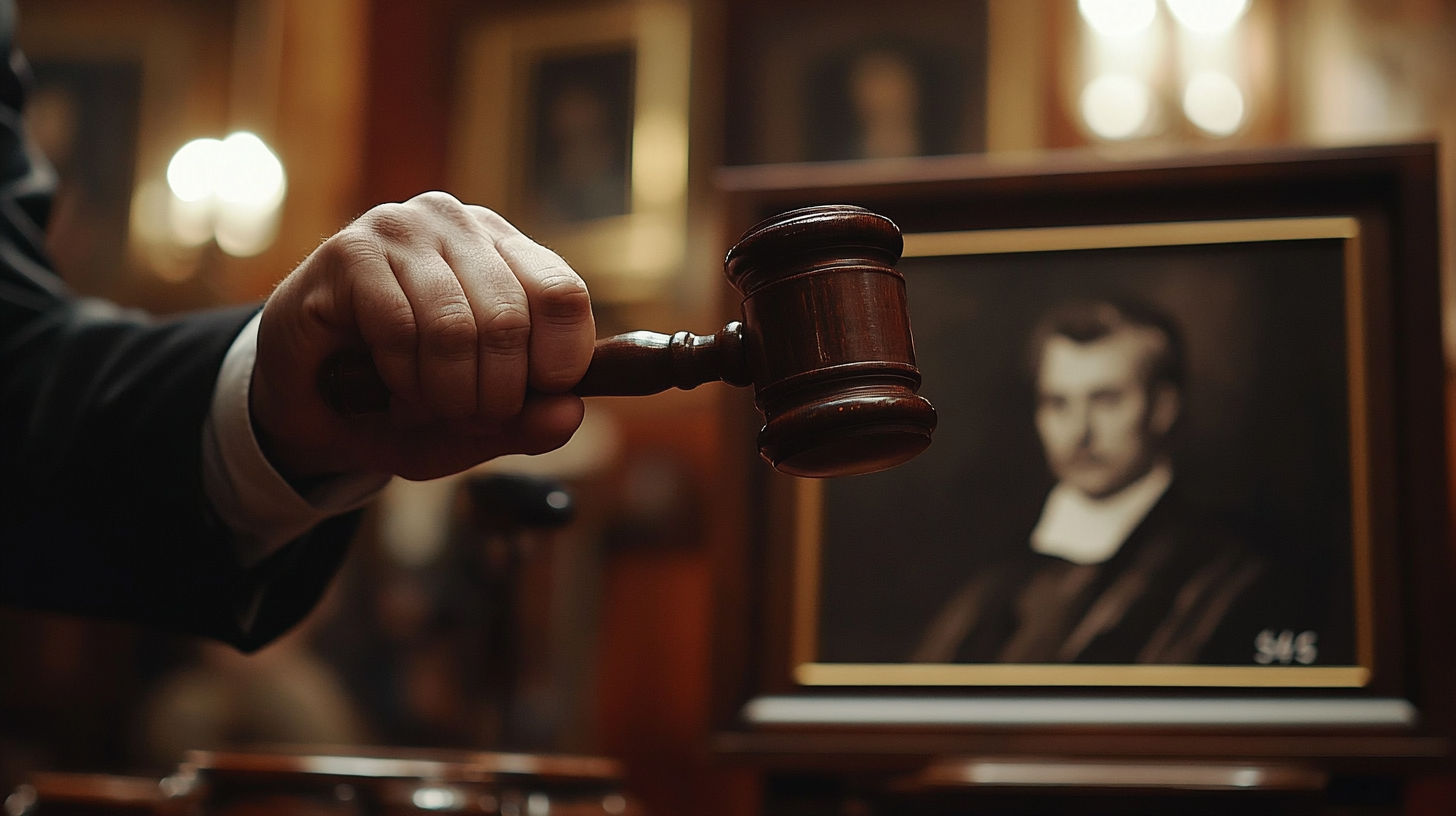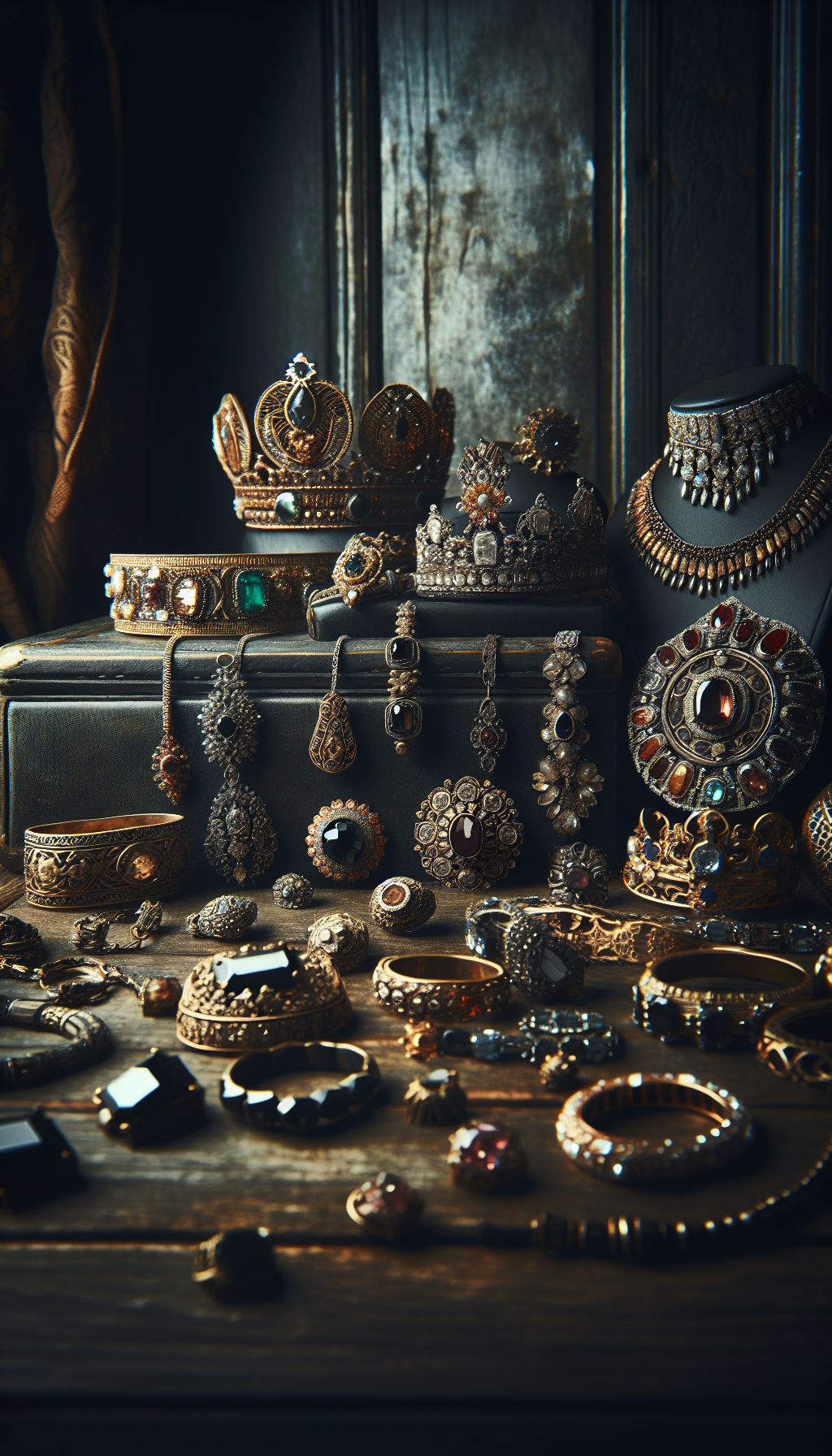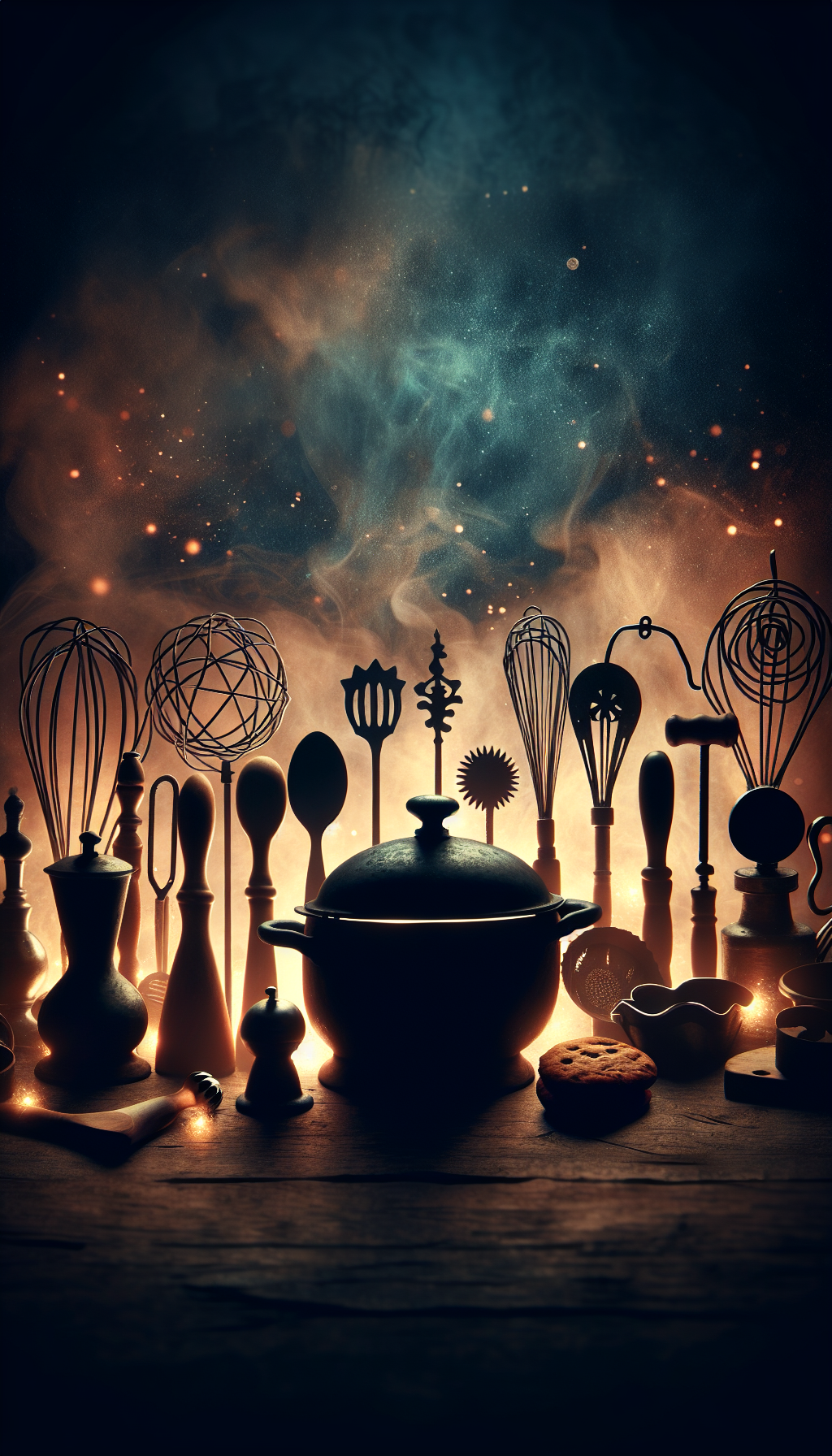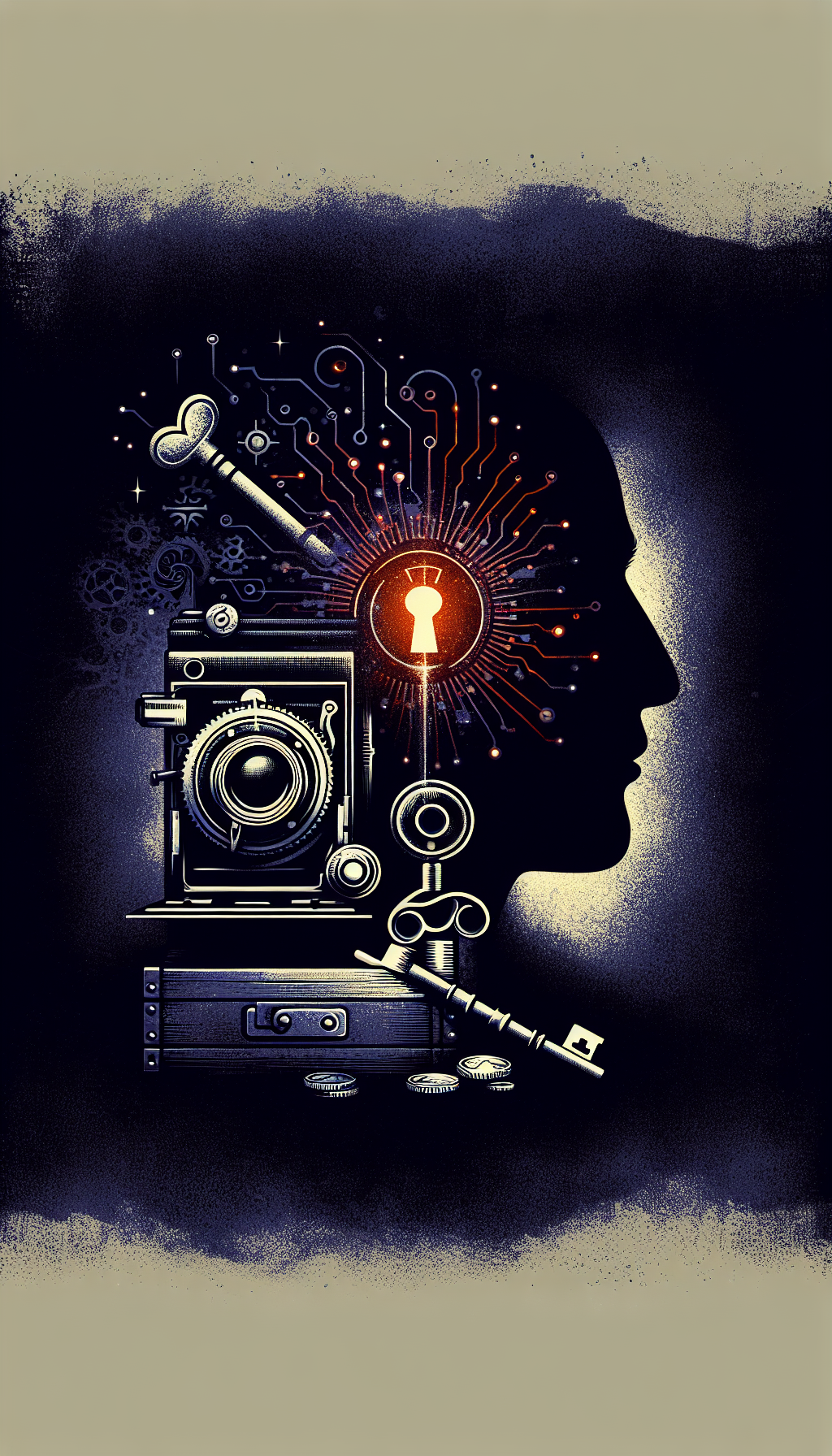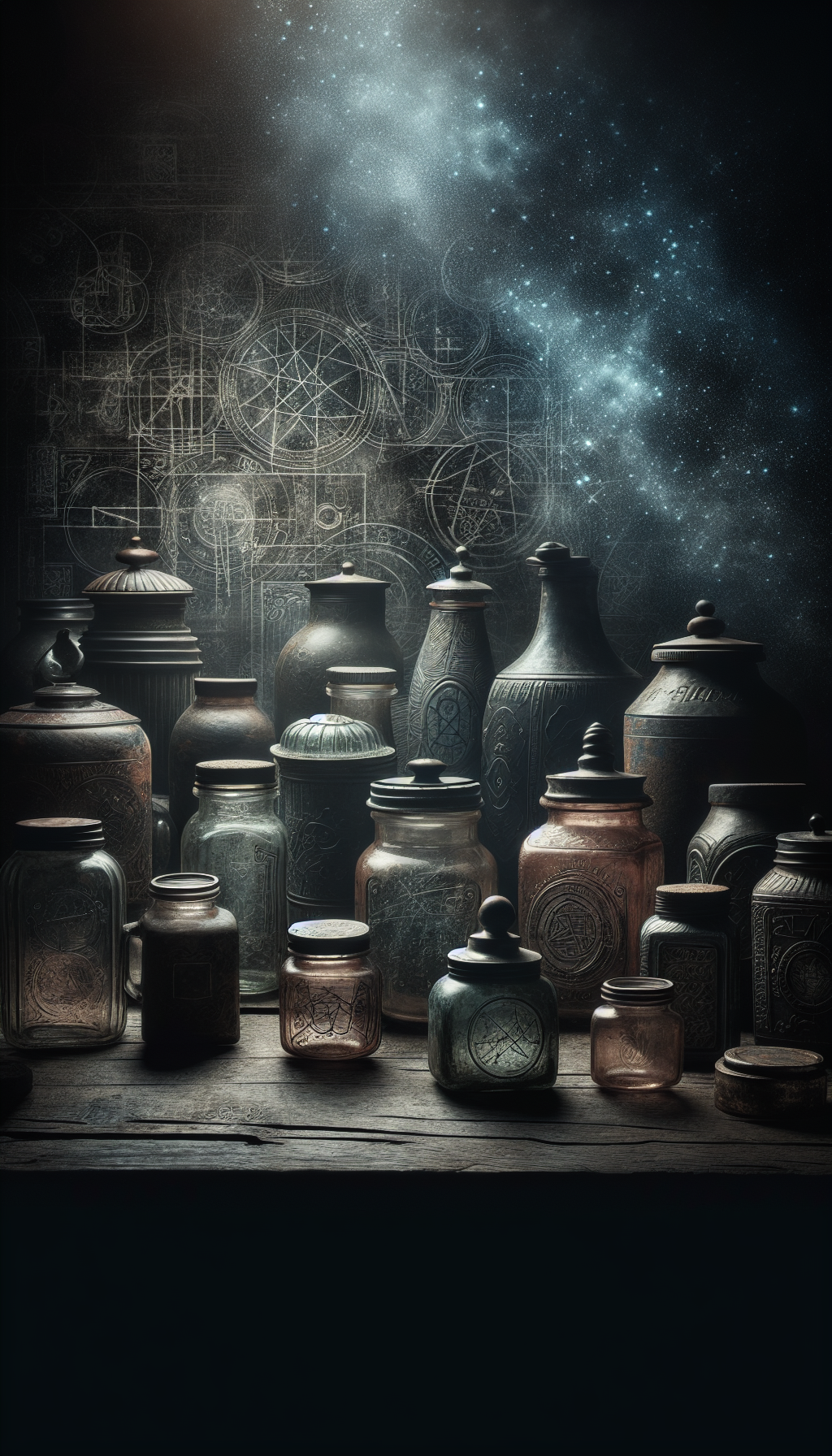Introduction to J. Macdonald Henry Art
J. Macdonald Henry (1960-2008) was an internationally recognized Jamaican artist who gained fame for his evocative charcoal portraits that captured the spirit and essence of his homeland. His works, particularly his “Faces of Jamaica” series, have become cultural ambassadors for Jamaica, showcasing the beauty and character of the island’s people.
Despite his artistic significance, Henry’s work occupies a curious position in the art market. While his pieces are widely appreciated for their emotional depth and technical skill, they often trade at relatively modest prices compared to other internationally known artists. This comprehensive guide explores the current market value of J. Macdonald Henry’s artwork, how to identify authentic pieces, and what factors influence their worth.
Who Was J. Macdonald Henry?
J. Macdonald Henry was born in Jamaica in 1960 and passed away in 2008. He became known for his distinctive charcoal portraits that captured the essence of Jamaican life and culture. Henry’s artistic journey took him from local recognition to international exhibitions, with his work becoming particularly popular among collectors of Caribbean art.
His most famous series, “Faces of Jamaica,” features striking portraits of Jamaican individuals of various ages and backgrounds. These works are characterized by their emotional depth, technical precision, and the artist’s ability to capture the spirit of his subjects.
J. Macdonald Henry's Artistic Journey
- 1960
Birth in Jamaica
J. Macdonald Henry was born in Jamaica, where he would later draw inspiration for his most significant works. - 1980s
Early Career Development
Henry began developing his distinctive charcoal portrait style that would become his artistic signature. - 1990s
'Faces of Jamaica' Series
Created his most famous body of work, capturing the spirit and diversity of Jamaican people. - 2000s
International Recognition
Henry's work gained wider international appreciation, with exhibitions beyond the Caribbean. - 2008
Artist's Passing
J. Macdonald Henry passed away, leaving behind a significant artistic legacy.
Henry’s work bridges fine art and cultural documentation, preserving images of Jamaican life with sensitivity and skill. His portraits have been described as “windows into the soul” of his subjects, capturing not just physical likeness but emotional presence.
Current Market Value of J. Macdonald Henry Artwork
Based on recent auction results and marketplace listings, J. Macdonald Henry’s work generally sells in modest price ranges compared to many contemporary artists. This creates an accessible entry point for collectors interested in Caribbean art.
J. Macdonald Henry Art Price Ranges
Current market values based on recent sales (2020-2023)
</tbody>
</table>
According to MutualArt, since 2012, the record price for this artist at auction has been a modest $49 USD for a pair of portrait works sold at Hindman auction house in Naples in 2012. This record price point indicates that Henry’s work remains highly affordable compared to many other internationally exhibited artists.
J. Macdonald Henry Art Market Facts
It’s worth noting that private sales may command higher prices than what is recorded at public auctions, particularly for larger, more significant original works. Online marketplaces like eBay occasionally feature higher asking prices for what sellers claim to be original works, sometimes listed for several hundred dollars.
Originals vs. Prints: Understanding the Difference
A key consideration when valuing J. Macdonald Henry’s artwork is determining whether a piece is an original drawing or a reproduction. Many collectors mistakenly believe they possess original works when they actually own high-quality prints.
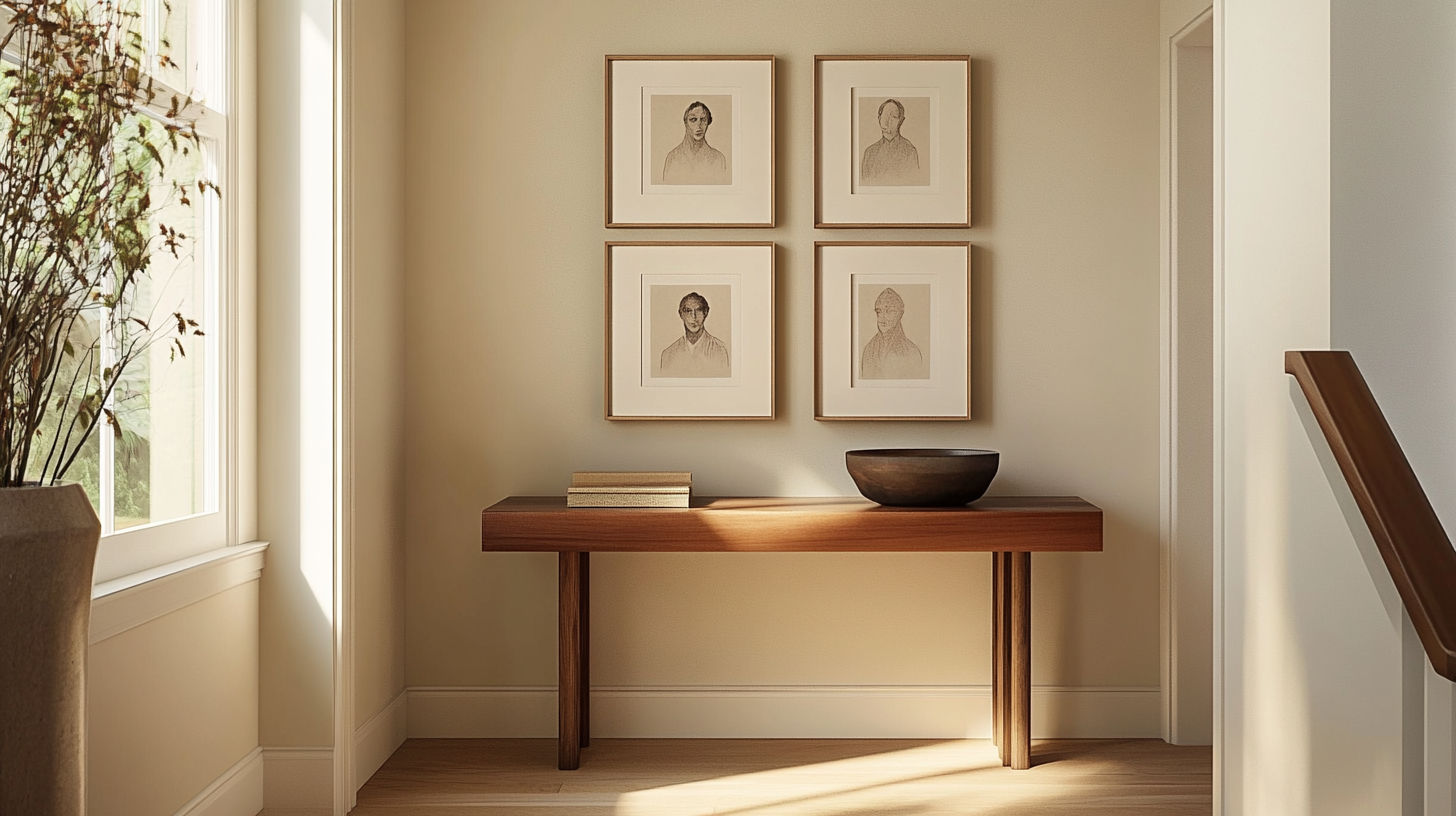
Characteristics of Original J. Macdonald Henry Artwork
Original charcoal drawings by J. Macdonald Henry typically display these characteristics:
Original Artwork Identification Checklist
Features that indicate an authentic original J. Macdonald Henry drawing
- Visible texture of charcoal medium on paper surface
- Slight variations in pressure and line quality
- Original signature (not printed)
- Paper shows natural aging consistent with creation date
- No dot patterns visible under magnification
- Provenance documentation or certificate of authenticity
Characteristics of J. Macdonald Henry Prints
Many pieces in circulation are actually high-quality reproductions:
- Often mass-produced and widely available
- Printed signature rather than hand-signed
- May show dot patterns or regular printing patterns under magnification
- Typically marketed as “prints” or “art prints”
- Usually priced much lower than originals
- May be from unlimited edition runs
According to collectors on My Auction Finds, original J. Macdonald Henry drawings are relatively rare, with most pieces in circulation being reproductions. The article notes that one apparently original portrait of a Jamaican man was listed for $619 on eBay, significantly higher than typical print prices.
Notable J. Macdonald Henry Auction Results
Selected results from recent auctions
| Category | Price | Notes |
|---|---|---|
| Original Charcoal Drawings | $300-$800 | Larger, well-executed originals with documentation |
| Limited Edition Prints | $75-$200 | Signed and numbered prints with certificates |
| Open Edition Prints | $10-$50 | Unsigned reproductions of his work |
| Framed Works | Additional $50-$150 | Value added for quality framing |
</tbody>
</table>
Factors That Influence J. Macdonald Henry Art Value
When appraising J. Macdonald Henry’s artwork, several factors come into play that can either enhance or diminish value:
1. Authenticity and Medium
The single most important factor is whether the piece is an original charcoal drawing or a reproduction. Original works command significantly higher prices than prints, often by a factor of 10 or more.
2. Size and Composition
Larger works typically command higher prices, as do pieces with more complex or emotionally resonant compositions. Full portraits generally sell for more than partial figures or studies.
3. Condition

Condition significantly impacts value, with issues like:
- Water damage
- Fading
- Tears or creases
- Frame damage
- Discoloration
All of these can reduce value by 30-70% depending on severity.
4. Provenance and Documentation
Works with clear provenance or certificates of authenticity sell for premium prices. Documentation proving a direct connection to the artist or a reputable gallery adds value.
5. Subject Matter
Henry’s portraits of Jamaican people, particularly from his “Faces of Jamaica” series, are his most sought-after works. Images of children, elders with character-filled faces, and those that capture Jamaican cultural elements tend to command higher prices.
6. Signature and Dating
Pieces bearing the artist’s authentic signature and date consistently sell for more than unsigned works. According to listings on Invaluable.com, signed works by J. Macdonald Henry tend to fetch higher bids at auction.
Where to Buy and Sell J. Macdonald Henry Artwork
If you’re looking to purchase or sell J. Macdonald Henry artwork, several venues are available, each with distinct advantages:
Online Marketplaces
- eBay: Offers a wide selection of both claimed originals and prints, with prices ranging from under $20 for prints to several hundred dollars for framed pieces claimed to be original. Buyer protection policies add security.
- Etsy: Occasionally features J. Macdonald Henry prints, often incorporated into vintage or handcrafted framing options.
- Online Art Platforms: Sites like ArtValue.ca track sales and can provide pricing guidance.
Auction Houses
- Traditional Auctions: Houses like Hindman have sold Henry’s work, though usually at modest prices.
- Online Auctions: Platforms like LiveAuctioneers feature occasional listings.
Specialty Dealers
- Caribbean Art Specialists: Dealers focusing on Caribbean art may offer authenticated pieces with proper provenance.
- Jamaican Galleries: Some galleries in Jamaica occasionally handle resales of Henry’s work.
Direct From Collectors
- Estate Sales: Can be excellent sources for finding original works.
- Collector Forums: Online communities sometimes have members looking to sell their Henry pieces.
When selling J. Macdonald Henry artwork, proper documentation, professional photographs, and accurate descriptions of condition and provenance will help maximize value.
Authentication and Appraisal
If you own a J. Macdonald Henry piece and wish to confirm its authenticity and value, consider these professional services:
Art Appraisers
Professional art appraisers with experience in Caribbean art can provide formal valuations for insurance, sale, or estate purposes. Expect to pay $200-500 for a thorough appraisal of a single work.
Authentication Experts
If authenticity is in question, specialists in Caribbean art or works on paper can examine the piece for hallmarks of Henry’s style, materials, and technique. Look for experts with credentials from recognized art institutions.
Auction House Specialists
Major auction houses like Christie’s, Sotheby’s, and Bonhams offer free evaluation services, though they typically focus on higher-value items. Regional auction houses may be more receptive to evaluating J. Macdonald Henry works.
Technical Analysis
For high-value pieces where authenticity is crucial, consider:
- Paper and materials dating
- Handwriting analysis of signatures
- Infrared imaging to reveal underdrawings
- Comparison with confirmed authentic works
Most J. Macdonald Henry prints sell for modest sums, making extensive authentication processes cost-prohibitive. However, for pieces believed to be valuable originals, professional assessment is a worthwhile investment.
Investment Potential
While J. Macdonald Henry’s work has not shown dramatic price appreciation to date, several factors suggest potential for increased value over time:
Positive Factors
- Limited Supply: As an artist no longer producing new work, Henry’s output is fixed.
- Cultural Significance: Growing appreciation for Caribbean art and culture could drive interest.
- Affordability: Current modest prices create a low entry point for collectors.
- Distinctive Style: Henry’s technical skill and emotional resonance give his work lasting appeal.
Limiting Factors
- Widespread Reproductions: The prevalence of prints may suppress original values.
- Limited Auction History: Minimal high-profile sales make market trends difficult to track.
- Regional Focus: Artists with more international subjects sometimes gain broader collector bases.
For collectors considering J. Macdonald Henry works as investments, original drawings with clear provenance offer the strongest potential for appreciation. However, purchases should be made primarily for artistic appreciation rather than speculative investment.
Common Questions About J. Macdonald Henry Art Value
How can I tell if my J. Macdonald Henry artwork is an original or a print?
To determine if your J. Macdonald Henry piece is an original or a print:
- Examine the surface under bright, angled light - originals will show texture from the charcoal medium
- Look at the signature with magnification - printed signatures appear flat while original signatures show variations in pressure
- Check for a dot pattern using a magnifying glass - prints typically show regular patterns of dots
- Assess the paper - originals are typically on higher quality drawing paper with natural aging
- Consider the price paid - if purchased for under $100, it’s most likely a print
When in doubt, consult with an art appraiser who specializes in works on paper or Caribbean art.
What is the highest price ever paid for a J. Macdonald Henry artwork?
According to auction records from MutualArt, the highest documented auction price for J. Macdonald Henry's work is $49 USD for a pair of portrait works sold at Hindman auction house in Naples in 2012.
However, private sales and gallery transactions may have achieved higher prices that aren’t publicly recorded. Some online marketplace listings have asked prices in the $300-800 range for what sellers claim to be original works, though actual selling prices at these levels are difficult to verify.
Are J. Macdonald Henry prints worth anything?
Yes, J. Macdonald Henry prints do have modest value in the collector's market:
- Open edition prints typically sell for $10-50 depending on size and condition
- Limited edition prints with numbering and signatures can sell for $75-200
- Framed prints generally command $50-150 more than unframed examples
The value of prints has remained relatively stable over time, making them accessible collectibles rather than investment pieces. Prints in excellent condition with original framing or those depicting particularly compelling subjects tend to sell at the higher end of the price range.
Where can I sell my J. Macdonald Henry artwork?
There are several options for selling J. Macdonald Henry artwork:
- Online marketplaces like eBay or Etsy - good for reaching a broad audience
- Local auction houses - particularly those specializing in artwork or estate items
- Art consignment shops - they typically take a percentage of the sale price
- Caribbean art dealers - may have specific collector contacts interested in Henry’s work
- Direct to collectors via social media groups dedicated to Caribbean art
For best results, provide clear photographs, accurate condition descriptions, and any provenance information or documentation you have. Setting realistic price expectations based on recent comparable sales will increase your chances of a successful transaction.
Was J. Macdonald Henry a famous artist?
J. Macdonald Henry (1960-2008) achieved significant recognition within Jamaica and among collectors of Caribbean art, though he did not attain the level of international fame or museum presence of some contemporaries.Henry was known primarily for his charcoal portraits capturing Jamaican people and culture, particularly his "Faces of Jamaica" series. His work gained popularity both as original charcoal drawings and as widely distributed prints.
While not considered among the most commercially valuable Caribbean artists, Henry’s work is appreciated for its technical skill, emotional depth, and cultural significance. His legacy continues through both his original works and the numerous prints that have made his distinctive style accessible to a broad audience.
Do J. Macdonald Henry artworks increase in value over time?
The evidence for significant price appreciation in J. Macdonald Henry's work is limited. Based on available auction data and market listings:
- Original drawings have maintained modest but stable values
- Print values have shown minimal appreciation over time
- There has not been a documented trend of major price increases at auction
Several factors may contribute to future value appreciation:
- The fixed supply of original works (the artist passed away in 2008)
- Growing interest in Caribbean art and culture
- Increased collector awareness of distinguishing originals from prints
For collectors, Henry’s work should be purchased primarily for its artistic and cultural value rather than as a financial investment. If appreciation does occur, it will likely be strongest for original drawings with clear provenance and excellent condition.
Preservation and Care
To maintain the condition and value of your J. Macdonald Henry artwork, follow these preservation guidelines:
Framing Best Practices
- Use UV-protective glass or acrylic to prevent fading
- Ensure acid-free matting to prevent paper deterioration
- Allow for air circulation to prevent moisture buildup
- Consider conservation framing for original works
Display Considerations
- Avoid hanging artwork in direct sunlight
- Maintain stable temperature and humidity levels
- Keep away from areas with cooking fumes, smoke, or high moisture
- Use proper hanging hardware rated for the weight of your framed piece
Cleaning and Maintenance
- Never clean the artwork surface directly
- Dust frames gently with a soft, dry cloth
- Clean glass with ammonia-free glass cleaner (applied to cloth, not directly to glass)
- Have professional conservators handle any repairs or restoration
Documentation
- Keep all certificates of authenticity, receipts, and provenance information
- Photograph your artwork for insurance purposes
- Consider professional appraisals every 5-10 years for valuable original works
Proper care significantly impacts both the longevity of the artwork and its potential market value. Original charcoal drawings are particularly susceptible to environmental damage, making proper preservation especially important.
External Resources for J. Macdonald Henry Art Research
MutualArt - J. Macdonald Henry Artist Page
Comprehensive database tracking auction results and sales history for J. Macdonald Henry artwork, including price data and biographical information.
Invaluable - J. McDonald Henry Auction Results
Archive of past auction results for J. McDonald Henry artwork, providing valuable pricing data and images of previously sold pieces.
My Auction Finds - J. MacDonald Henry Authenticity Discussion
Detailed discussion about authenticating J. MacDonald Henry artwork, with insights on distinguishing originals from reproductions.
Canadian Art Value - J. MacDonald Henry
Canadian art valuation resource with specific information on J. MacDonald Henry's auction records in the Canadian market.
Lashings - J. MacDonald Henry Artwork
Gallery page featuring examples of J. MacDonald Henry's work with descriptive information about the artist and his technique.
LiveAuctioneers - J. Macdonald Henry Results
Online auction platform with historical price results for J. Macdonald Henry artwork sold through their service.
Smithsonian American Art Museum - Art Valuation Guide
General resource on art valuation from the Smithsonian, with helpful guidance on getting artwork professionally appraised.
Conclusion: The Market for J. Macdonald Henry Art
J. Macdonald Henry’s artwork offers an accessible entry point for collectors interested in Caribbean art. While not commanding high prices in the current market, his charcoal portraits are recognized for their artistic merit, cultural significance, and emotional impact.
For collectors and owners of J. Macdonald Henry pieces, understanding the distinction between original works and reproductions is crucial, as this dramatically affects value. Original charcoal drawings, particularly those with clear provenance, represent the most valuable segment of his market.
While investment potential remains modest compared to blue-chip artists, Henry’s work provides significant aesthetic and cultural value. As interest in Caribbean art continues to grow, well-preserved original works may see gradual appreciation over time.
Whether you’re considering purchasing your first J. Macdonald Henry piece or evaluating one already in your collection, focus on the artistic quality and emotional resonance that have made his portraits enduring cultural ambassadors for Jamaica.
Get a Professional Appraisal
Unsure about your item’s value? Our certified experts provide fast, written appraisals you can trust.
- Expert report with photos and comps
- Fast turnaround
- Fixed, upfront pricing
No obligation. Secure upload.
| Item | Price | Date | Auction House |
|---|---|---|---|
| Pair of Portrait Works | $49 | 2012 | Hindman, Naples |
| Untitled (Boy With Goat) | $16 | 2021 | Saskatchewan Network for Art Collecting |
| Jamaican Portrait Print (Framed) | $79.99 | 2022 | LiveAuctioneers |
